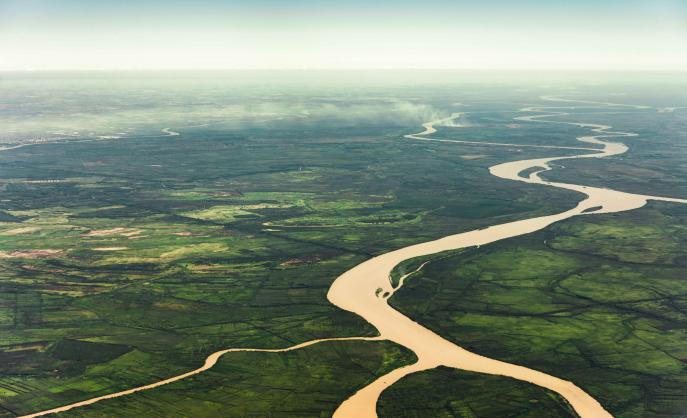
iSTREEM® is a free, web-based GIS-model that estimates the concentration of a chemical that go down the drain and residual levels that subsequently enter the aquatic environment.
This publicly available tool can be used to enhance researchers’ understanding of water quality by estimating chemical concentrations in wastewater treatment plant effluent, surface waters and at many drinking water intakes at average and low flow (drought) conditions. The computer model covers over 240,000 river miles across the continental United States. It also includes 13,300 wastewater treatment plants and 1,700 municipal drinking water facilities downstream of treatment plants.
Click to login:
iSTREEM is built for companies, academics, governments and other parties interested in understand potential impacts of chemical releases to aquatic environments in the U.S and parts of Canada. It is particularly useful for those working in the field of environmental modelling.
The model has a variety of use, including but not limited to:
- Predicting the impact a new chemicals may have on an environment before it hits the market.
- Understanding the current environmental load and thresholds that may cause undesired impacts.
- Confirm the likelihood a chemical will biodegrade with limited impact on the surrounding environment.
- Identifies areas of greatest concern where monitoring studies or mitigation may be necessary.
Latest Updates
Version 2.1:
Most recent wastewater facility information from EPA added, increasing total number of facilities in model by 27%.
- Facility information updated using 2012 Clean Watershed Needs Survey.
- Conversion of underlying river network to higher spatial resolution, National Hydrology Dataset Plus (NHDPlus).
- iSTREEM output can be directly linked to NHDPlus and USEPA StreamCat.
- Users can now download model results to be used in QGIS, Esri ArcReader, and Esri ArcMap.
- Algorithm enchantments and improved processing performance.
|
User Resources
- 2011 Webinar
- 2015 SETAC Short Course slide deck – Exposure and risk assessment for formulated consumer products
- 2016 SETAC Short Course slide deck – Environmental exposure and risk assessment for formulated consumer products
- 2017 Webinar
References
- Aronson, D., Weeks, J., Meylan, B., Guiney, P. D. and Howard, P. H. (2012), Environmental release, environmental concentrations, and ecological risk of N,N-Diethyl-m-toluamide (DEET). Integrated Environmental Assessment and Management, 8: 135–166. doi: 10.1002/ieam.271
- Simonich S., Sun P, Casteel K, Dyer S, Wernery D, Garber K, Carr G, and Federle T. Probabilistic Analysis of Risks to US Drinking Water Intakes from 1,4-Dioxane in Domestic Wastewater Treatment Plant Effluents. Integrated Environmental Assessment and Management (2013) 9(4): 554–559. (http://onlinelibrary.wiley.com/doi/10.1002/ieam.1448/abstract)
- Dyer SD, Caprara RJ. 1997. A method for evaluating consumer product ingredient contributions to surface and drinking water: boron as a test case. Environmental Toxicology and Chemistry. 1997. 16 (10), 2070–2081
- McKay, L., Bondelid, T. Estimation of 7Q10 flows on gaged and ungagged flowlines in NHDPlus Version 2 for the iSTREEM® model. 2015.
- Kapo KE, DeLeo P, Vamshi R, Holmes CM, Ferrer D, Dyer SD, Wang X, White-Hull C. 2016. iSTREEM®: an approach for broad-scale in-stream exposure assessment of "down-the-drain" chemicals. Integrated Environmental Assessment and Management. 2016. 12(4): 782-792
- Wang, Xinhao; Mike Homer; Scott D. Dyer; Charlotte White-Hull and Changming Du. 2005. A river water quality model integrated with a web-based geographic information system. Journal of Environmental Management, Volume 75, Issue 3, May 2005, Pages 219-228.
- Wang X, White-Hull C, Dyer S, Yang Y, 2000. GIS-ROUT: a river model for watershed planning. Environment and Planning B: Planning and Design, Volume 27(2): 231–246.
